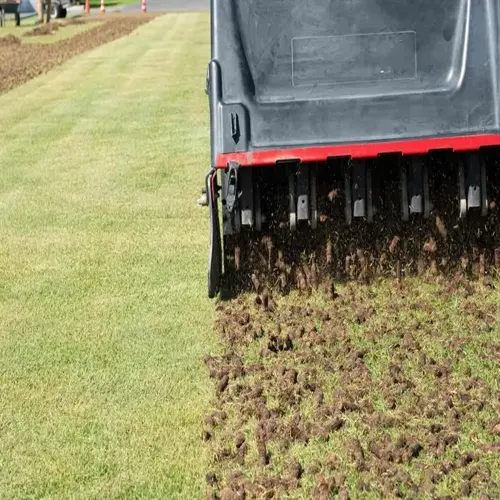How often should mulch be replaced?

Written by
Benjamin Miller
Reviewed by
Prof. Samuel Fitzgerald, Ph.D.Timing of Maintenance Rather than Total Replacement. Strategic mulch maintenance eliminates the necessity of complete replacement. Organic materials decompose gradually, enriching the soil as they do so. There is no need to remove them. Mulching should be refreshed annually by adding new layers to maintain its depth and integrity. In rainy periods, compacted areas should be fluffed. These practices maintain protection for your orchard and lead to continual cycling of nutrients.
Seasonal Checks
- Spring: Measure depth before new growth
- Summer: Fluff after monsoon rains
- Autumn: Top up before frost
- Winter: Inspect for compaction
Refresh Techniques
- Use garden fork to aerate without disturbing roots
- Add new material matching existing composition
- Blend edges to prevent moisture gaps
- Water lightly after application
Replacement Indicators
- Mold or fungal growth spreading
- Persistent bad odors
- Material decomposed to soil-like texture
- Pest infestations despite maintenance
Add in yearly top-ups in the spring before the growth rushes commence. Measure existing depth with a ruler and apply enough material to achieve the recommended depth. This will keep down weed suppression and moisture retention. Your trees will enter the growing season with proper root coverage.
Address seasonal variations by implementing specific activities. After heavy rain, if the mulch has compacted, fluff it again using a garden fork. Prevent the matting that will block water penetration. During dry summers, check the depth monthly. This will prolong effectiveness and decrease unnecessary replacements.
Acknowledge when a complete replacement is warranted. Only remove mulch that has mold or pest/animal issues. Complete replacement generally occurs every 3-5 years. Skim off old material without disturbing your topsoil. Your orchard will thank you for limiting excessive disturbance.
Be aware of the differences in mulch type relating to maintenance. Compost, as it decomposes, requires replenishment sooner than stable wood chips. Schedule your refreshes based on their rate of decomposition. This approach optimizes resource use and benefits for you in the long run.
Monitor tree responses after maintenance. Healthy indicators include vigorous growth and fruit production. Address any compaction issues immediately. Your observations guide perfect timing for refresh actions.
Read the full article: Mulching Fruit Trees: Ultimate Guide

